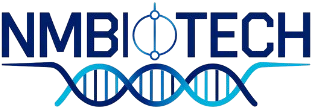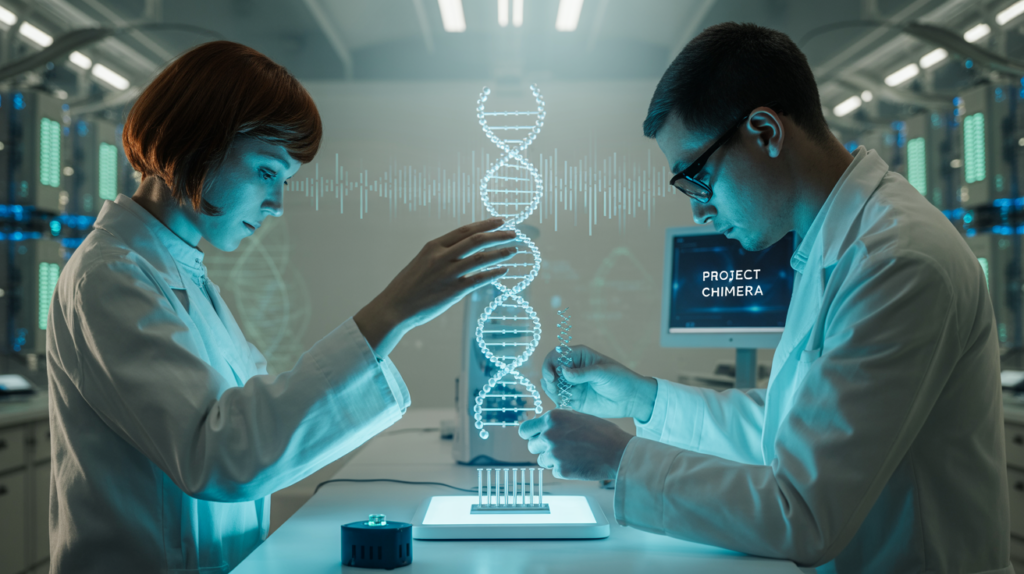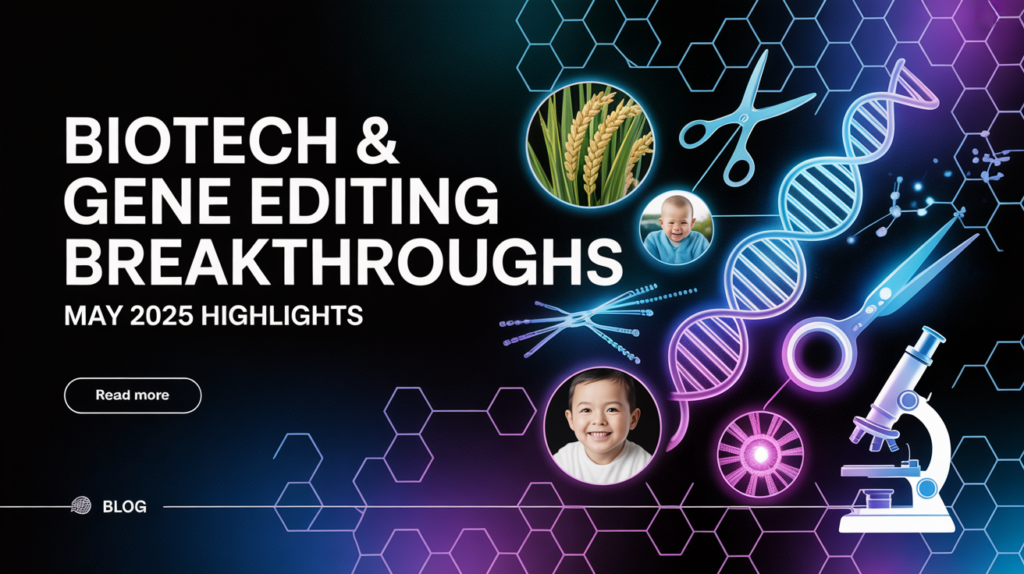Synthetic Human DNA Project: Scientists Begin Work to Create Artificial Human DNA
From Reading to Writing Life: Synthetic Human DNA Project Launches in the UK. In a groundbreaking move, researchers in the UK have launched the world’s first serious effort to build human DNA from scratch. Backed by a £10 million investment from the Wellcome Trust, this new frontier in synthetic biology—the Synthetic Human Genome Project—has the potential to revolutionize medicine, aging, and our understanding of life itself. But with such power comes serious ethical questions. Is this a leap toward life-saving innovation—or the opening of Pandora’s box? Let’s explore what this new research means for the future of humanity. 🔬 What Is the Synthetic Human DNA Project? The goal of this project is not just to read DNA, as scientists did during the Human Genome Project (completed 25 years ago), but to build it molecule by molecule, synthetically. Every human cell (except red blood cells) contains DNA—a double-stranded molecule made of four bases: A, T, G, and C. These form the code that builds and regulates every biological function. Until now, we’ve studied this code. But this project aims to construct synthetic versions of human chromosomes—which could then be used to study, repair, and eventually replace faulty genes. This isn’t science fiction. It’s happening now, and it could lead to therapies for incurable diseases, age-related degeneration, and even organ regeneration. 🧪 Why Build Human DNA from Scratch? According to Dr. Julian Sale from the MRC Laboratory of Molecular Biology in Cambridge, this is biology’s “next giant leap.” He says the project will pave the way for: Creating disease-resistant cells Regenerating damaged organs like the liver or heart Improving immune system function Supporting healthy aging with fewer chronic illnesses The synthetic chromosomes could help scientists test hypotheses that are currently impossible to verify by tweaking existing DNA. It offers unprecedented precision and may even lead to designing personalized DNA for therapeutic purposes. 🧠 The Ethical Debate: Hope or Danger? While many scientists see the project as a historic opportunity, ethicists and activists are sounding alarms. Critics worry about: The commercialization of synthetic human parts The potential for “designer babies” or gene-enhanced humans Future misuse in biowarfare or genetic weaponization Dr. Pat Thomas of the campaign group Beyond GM warns that even good science can be “repurposed for harm,” especially if misused by governments or corporations. Professor Bill Earnshaw, a geneticist from Edinburgh University, echoed these fears: “The genie is out of the bottle.” 🧫 What Are the Scientists Doing Right Now? At this early stage, the project is confined to labs—no synthetic humans are being created, nor is the goal to make synthetic life. Instead, researchers are focused on: Developing tools to assemble larger and more accurate segments of human DNA Creating synthetic chromosomes to better understand gene function and repair mechanisms Conducting all experiments in test tubes or Petri dishes, not inside living organism The research is also coupled with a dedicated social science program, led by Prof. Joy Zhang at the University of Kent. The goal is to include public perspectives and ethical considerations alongside scientific progress. 💬 Why Did Wellcome Trust Fund This Controversial Project? According to Dr. Tom Collins, who approved the funding at Wellcome Trust, the team weighed the risks of action vs. inaction. “This technology will eventually be developed,” he said. “By supporting it now, we can shape it responsibly and confront the ethical questions proactively.” Their hope is that early transparency, ethics-focused research, and social dialogue will guide the science toward healing, not harm. 🌍 What Does This Mean for the Future? This project represents the next phase in synthetic biology and bioinformatics. It connects multiple disciplines: Gene editing (like CRISPR) Synthetic genome assembly Personalized regenerative medicine Ethical AI and biotech regulation If successful, this research could offer new therapies for cancer, genetic diseases, and aging, while raising serious questions about the limits of human enhancement and bioethics. **************************** So, scientists are now building human DNA from scratch. No big deal… just casually rewriting the code of life like it’s a Python script. On the bright side, we might finally get a cure for rare genetic diseases. On the weird side, someone’s probably already planning a glow-in-the-dark human or a lab-grown superhero. 🦸♂️ But in all seriousness, this is one of those moments in science where you stop and think: “Wow… we can do that now?” The line between innovation and sci-fi is getting blurrier by the day. Let’s just hope this technology stays in responsible hands—because while CRISPR can fix a gene, it can’t fix a bad idea. As we step into the synthetic age of biology, maybe we don’t need to panic— …but just to keep one eye on the Petri dish. 👀🧬 🔔 Follow me for more updates on the wild, wonderful, and sometimes weird world of biotech, bioinformatics, and health tech.




